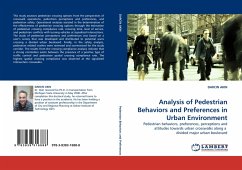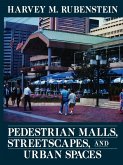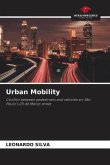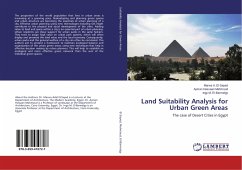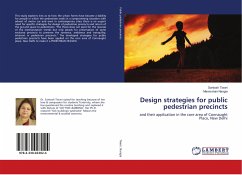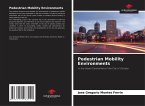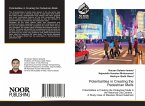This study assesses pedestrian crossing options from the perspectives of crosswalk operations, pedestrian perceptions and preferences, and pedestrian safety. Operational analyses assisted in the determination of the effectiveness of pedestrian crossing options through the estimation of pedestrian crossing compliance rate, crossing time, level of service, and pedestrian conflicts with turning vehicles at signalized intersections. The study of pedestrian perceptions and preferences was based on a user s survey that was developed and distributed to potential users crossing a divided urban boulevard. Finally, in the safety analysis, pedestrian related crashes were reviewed and summarized for the study corridor. The results from the crossing compliance analysis indicate that a strong correlation exists between the presence of a positive type of traffic control and pedestrian spatial crossing compliance rate. The highest spatial crossing compliance was observed at the signalized intersection crosswalks.
Bitte wählen Sie Ihr Anliegen aus.
Rechnungen
Retourenschein anfordern
Bestellstatus
Storno

